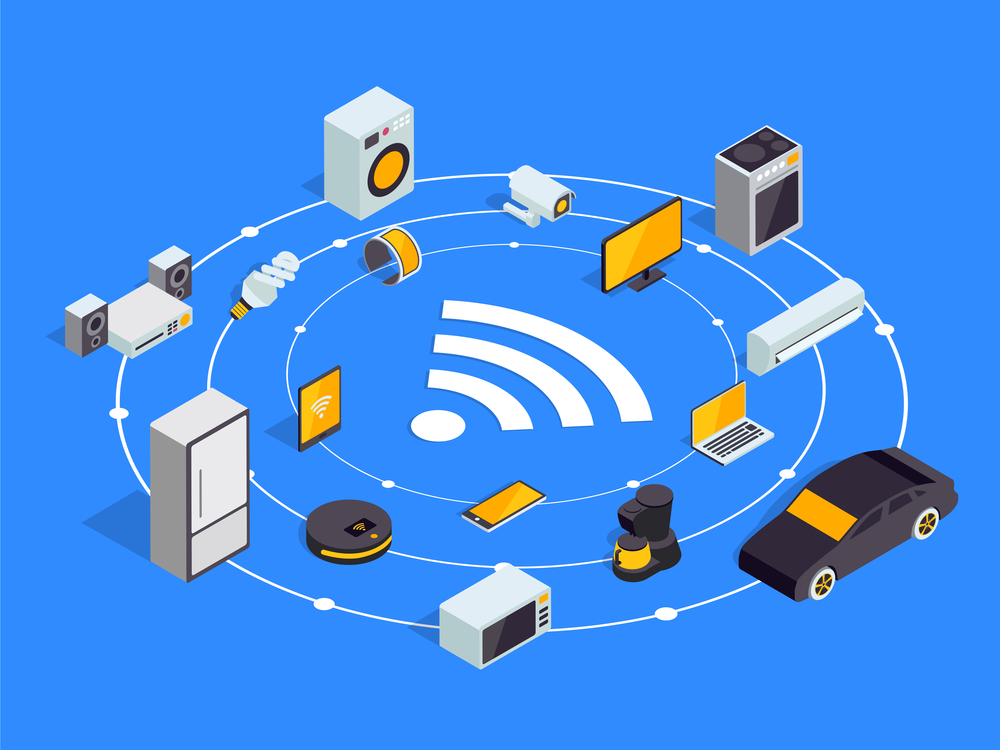Tech firms sign up to government's IoT code of practice
HP, Samsung and Centrica Hive first to sign up to voluntary guidelines for Gov's 'Secure by Design'


Tech firms including HP, Samsung and Centrica Hive are the first to sign up to the UK government's voluntary security guidelines for IoT consumer devices.
Published by Department for Media, Culture and Sport (DCMS), the Code of Practice is a voluntary set of measures to help manufacturers boost the security of internet of things (IoT) devices by ensuring that security is embedded into the design process.
The code is made up of 13 guidelines, laid out in the government's 'Secure by Design' review published by the DCMS and the National Cyber Security Centre (NCSC) in March. Initially, the review was criticised by tech experts for 'lacking teeth' due to it being optional.
However, the code has already received support from high ranking tech firms, such as electronics giant Samsung. The company's director of IoT and SmartThings, Teg Dosanjh said that security and privacy in connected devices were of great importance to consumer trust and that the government's desire to make connected devices as safe and secure as possible was "warmly welcome".
"From smartwatches to children's toys, internet-connected devices have positively impacted our lives but it is crucial they have the best possible security to keep us safe from invasions of privacy or cyber attacks," said Minister for Digital, Margot James.
"The UK is taking the lead globally on product safety and shifting the burden away from consumers having to secure their devices."
James added that pledges by HP and Centrica Hive Ltd were a welcome first step but warned that it was vital other manufacturers followed their lead and ensured strong security measures were built into everyday technology during its design.
Get the ITPro daily newsletter
Sign up today and you will receive a free copy of our Future Focus 2025 report - the leading guidance on AI, cybersecurity and other IT challenges as per 700+ senior executives
By making security a part of the design, tech companies can take the burden of securing devices away from consumers, who would otherwise have to add it on as an extra after purchase.
According to the government, there will be an estimated 420 million internet-connected devices in use across the UK within the next three years and these will range from smart technology, such as phones, TVs and speakers, to more innovative and obscure gadgets like as kettles and fish tanks.
Such devices have been exploited by malicious actors in a number of ways. A recent lab report from Kaspersky found that IoT malware had tripled in the first half of 2018, with attacks such as malicious cryptocurrency mining, DDoS attacks and botnet activities becoming more prevalent and harder for manufacturers to combat.
The government's move was welcomed by the cyber security community, with Duncan Jones, head of research at Thales eSecurity: "This kind of directive from the government, supporting security by design, is crucial to ensuring that our increasingly connected world is secure, and it's excellent to see large-scale tech companies committing to these efforts."
Bobby Hellard is ITPro's Reviews Editor and has worked on CloudPro and ChannelPro since 2018. In his time at ITPro, Bobby has covered stories for all the major technology companies, such as Apple, Microsoft, Amazon and Facebook, and regularly attends industry-leading events such as AWS Re:Invent and Google Cloud Next.
Bobby mainly covers hardware reviews, but you will also recognize him as the face of many of our video reviews of laptops and smartphones.
-
 Westcon-Comstor and Vectra AI launch brace of new channel initiatives
Westcon-Comstor and Vectra AI launch brace of new channel initiativesNews Westcon-Comstor and Vectra AI have announced the launch of two new channel growth initiatives focused on the managed security service provider (MSSP) space and AWS Marketplace.
By Daniel Todd Published
-
 Third time lucky? Microsoft finally begins roll-out of controversial Recall feature
Third time lucky? Microsoft finally begins roll-out of controversial Recall featureNews The Windows Recall feature has been plagued by setbacks and backlash from security professionals
By Emma Woollacott Published